In the meantime I have finished building the measuring station and have also finally solved the amplifier part for the headphones and the measuring microphone with a Creative Soundblaster AE-9. Of course, that’s exactly what I’ll be reporting on today. By the way, I also exposed the used technology to the graphics card glitches and was pleased in the end that it turned out much better than the first attempts. There will be no impedance problems and no matter whether 16, 32 or 600 ohms, the propulsion is right in any case. More about this in a moment, of course, because many functions of the SB-Command software can also be used for my purposes. My personal thanks also go to Frank, because with the headphone analyzer I can see on the Sound Blaster AE-9 in parallel also on the oscilloscope what I am currently using as a signal.
I recently reported on the first steps towards a better evaluation and measurement of headphones and headsets(read article). However, I still see the whole thing as a challenge to get it as accurate as possible and so I was also happy about the feedback from the forum and thought about how to still fix possible shortcomings. The whole thing has grown up quite a bit financially in the meantime, but it’s fun when a plan works. To do this, I contacted a manufacturer of such parts, purchased the structure of the massive headphone stand as a collection of individual parts and then also imported myself. I’d rather keep quiet about production and delivery times, because that’s now just as absurd as the prices.
The basis remains the familiar measurement microphone that has already proven itself for the in-ears and if everything goes well, I will add a second to be able to measure both shells at the same time. The hurdles for calibration are high, but it is more convenient in the end not to have to measure everything twice if you want to display both channels. But I’ll leave that for later, because it’s been expensive enough so far. By the way, I found most of the suggestions at Oratory and I thank them dutifully.
In general, to measure the transmission behavior of headphones, one uses so-called couplers with clearly defined volumes and fixed, cleanly calibrated measurement microphones. The setup can be used just as well for plug-in headphones (in-ears) and small headphones (e.g. from hearing aids) as for simpler headphones and headsets as so-called on-ears (headphones with supraaural cushions). For such headphones (on-ear), the “artificial ear” according to IEC 318 is useful, which I have now followed with the implementation.
The thick over-ears, i.e. circumaural or ear-enclosing headphones, are virtually the top of the class when it comes to measurement and, above all, reproducibility. This is precisely why there are no standardized couplers yet. The reasons for this are due to difficulties in measurement technology and the many influencing factors that make reliable reproducibility almost impossible. Therefore, such circumaural headphones are predominantly measured with appropriately modified couplers for supraaural headphones by additionally using a flat plate as a support for the circumaural cushion.
The trick is to reproduce the ear (as far as possible) in a lifelike manner and also to imitate the head, including its shape, correspondingly well. The new test setup is not only more stable than the first one, but also much more variable in terms of width (adjustable), headband support / head height (adjustable) and the side tilt (adjustable). Here, all currently common specifications can be implemented well and I’m just tweaking the different possibilities of the settings a bit.
I was a bit puzzled about the acoustic connection, but that has now been solved. But more on that in a moment, when it comes to the first measurements with the new setup. But maybe one or the other reader can think of something suitable, I’m always all ears and I owe today’s result also to the tips from the community. For reasons of transparency, I’m happy to let you participate, but as always, I’m also happy to receive further input in order to reach the goal in the most straightforward way possible.














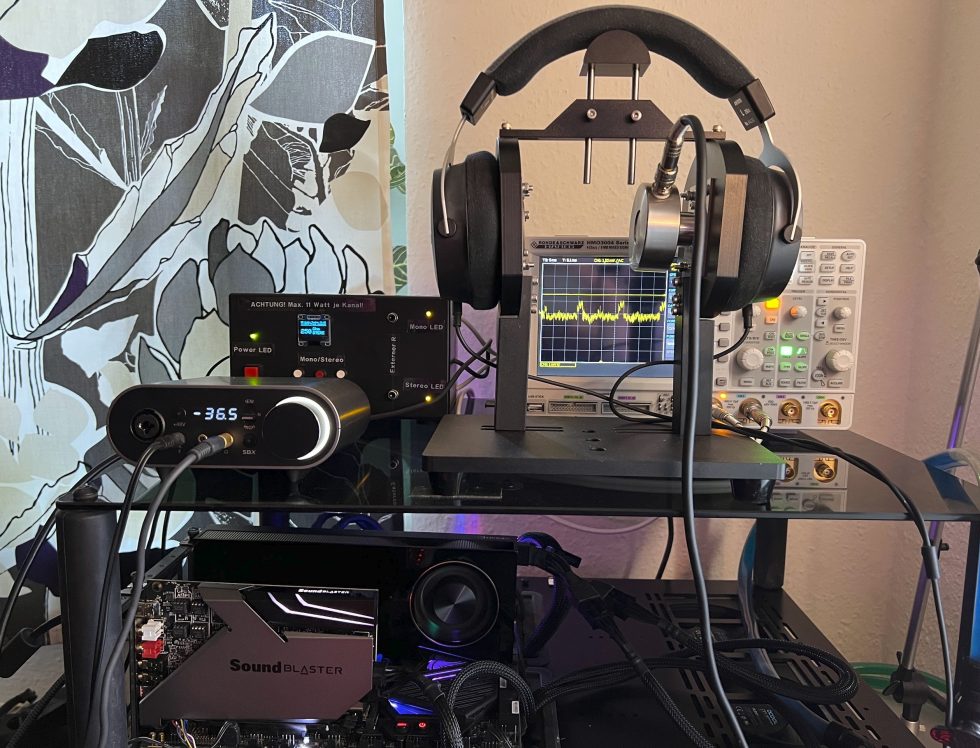
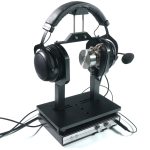
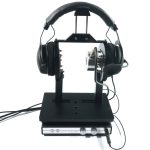
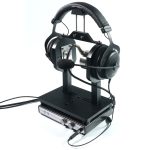
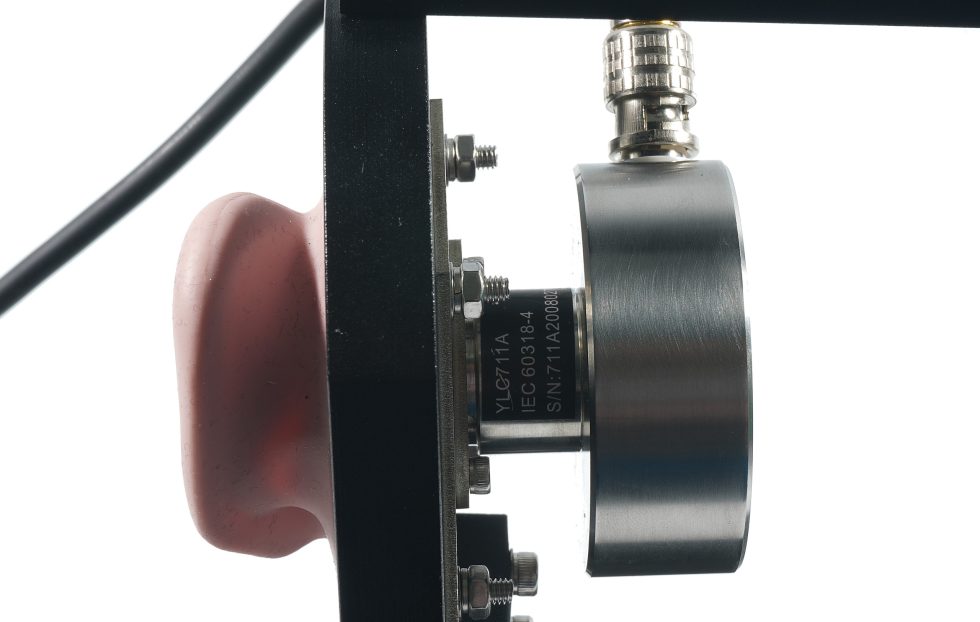
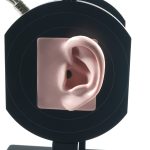
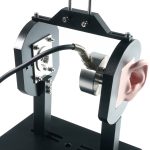
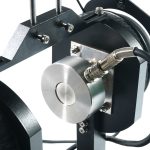
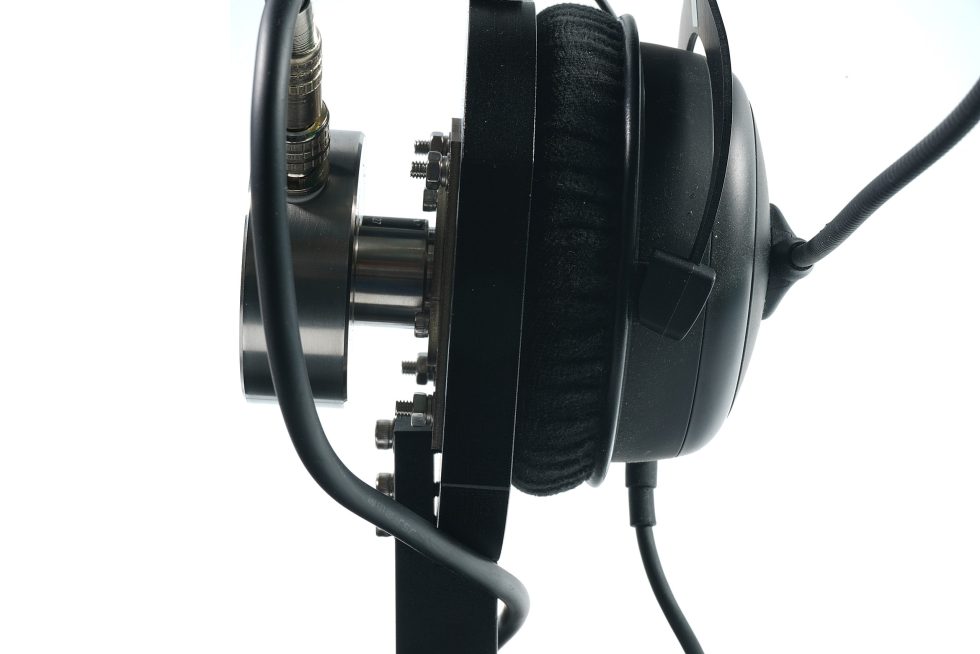







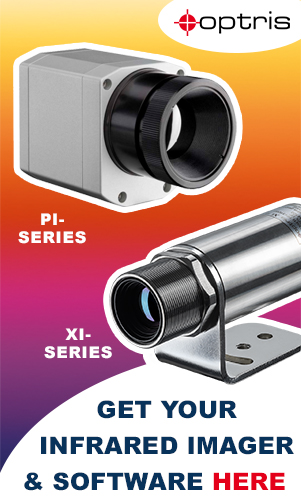


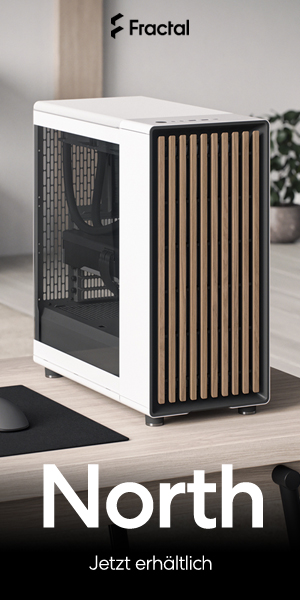








65 Antworten
Kommentar
Lade neue Kommentare
Mitglied
1
Urgestein
1
Neuling
Urgestein
1
Veteran
1
Mitglied
Veteran
1
Mitglied
Veteran
Mitglied
1
Urgestein
Mitglied
1
Alle Kommentare lesen unter igor´sLAB Community →